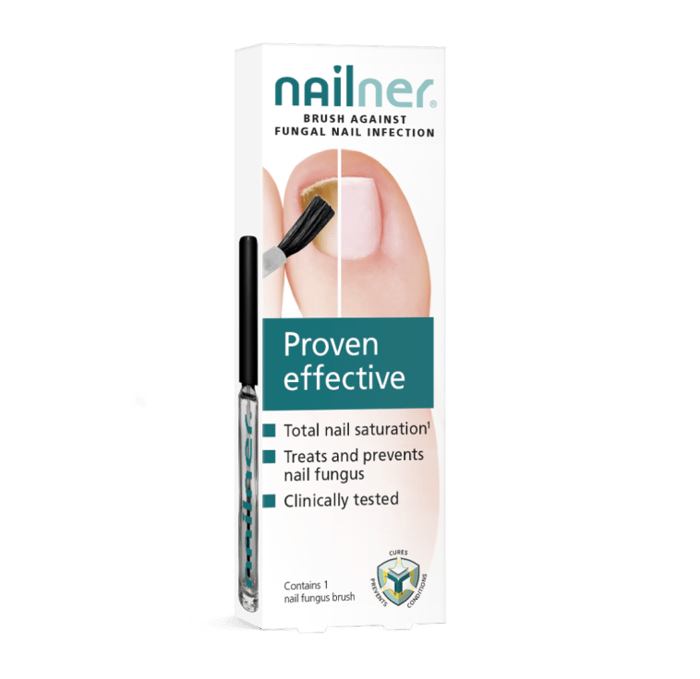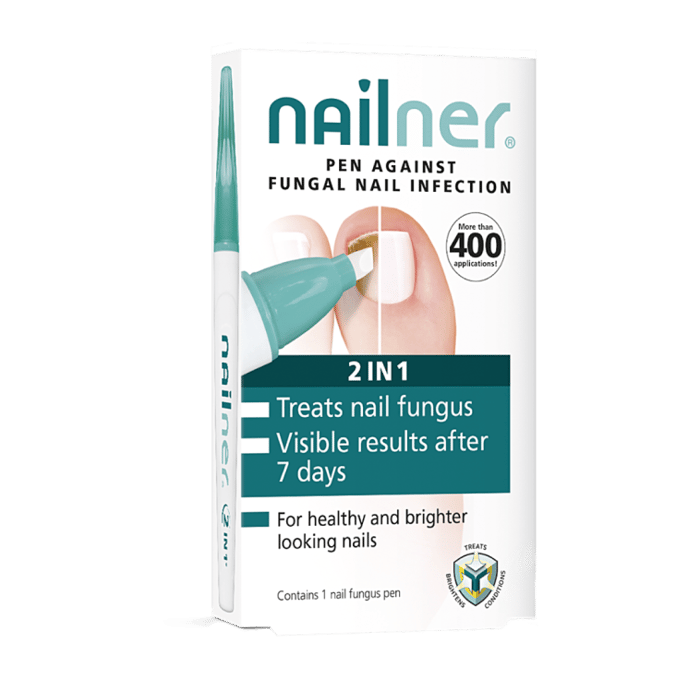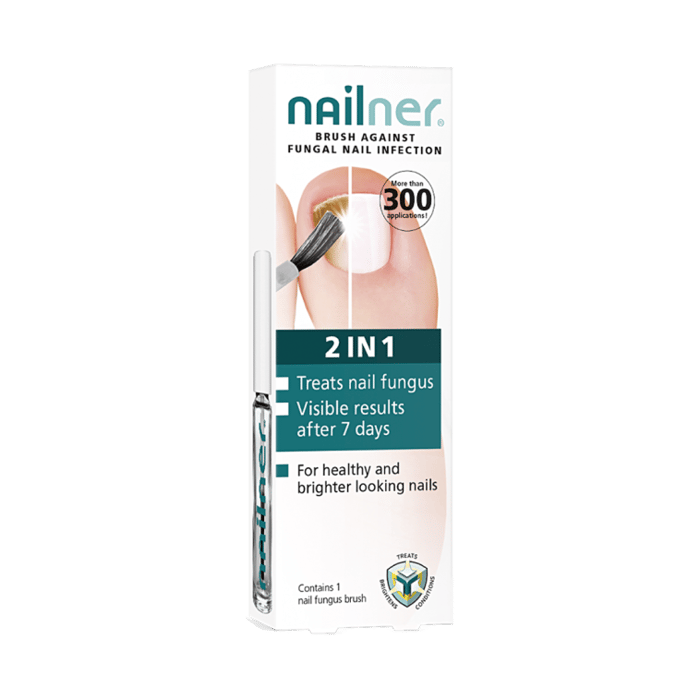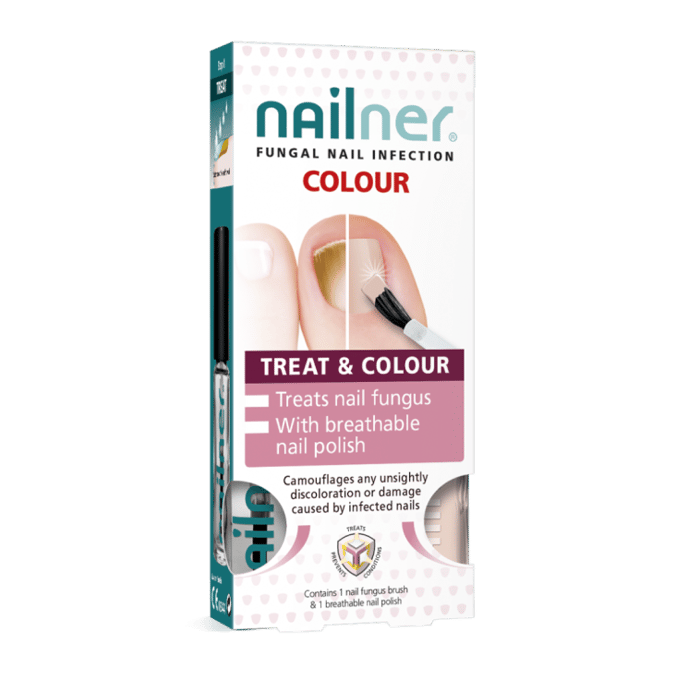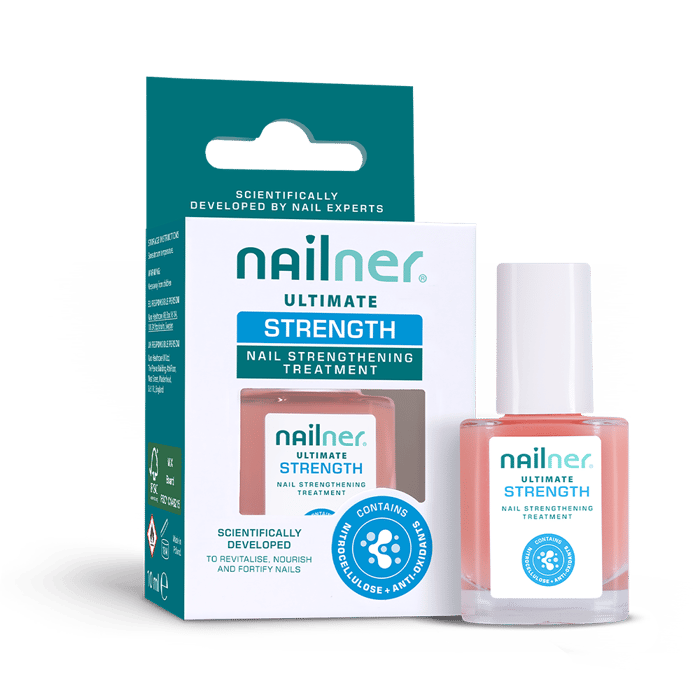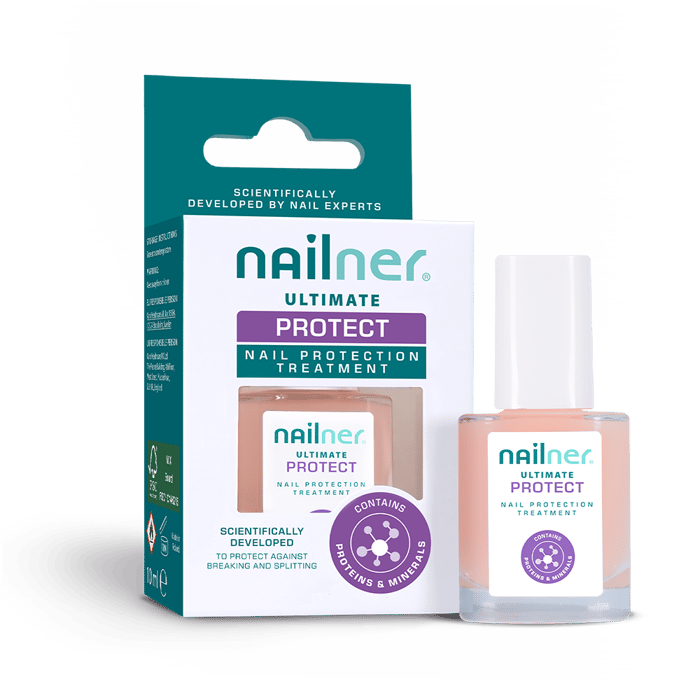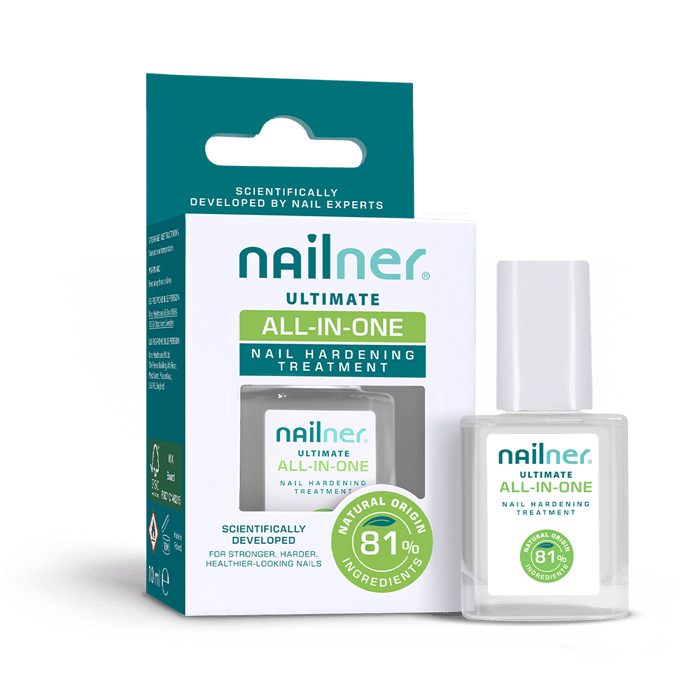Discoloured nails
Are your nails not the healthy shade of pink that they should be? Perhaps they are more white, yellow, or even green?
A lot more common than you might think, discoloured nails are most commonly the result of a fungal nail infection. Easy to diagnose and simple to treat, nail fungus can affect anyone but is more prevalent in people who frequent public swimming pools and in older adults.
If you have been ignoring your discoloured nails for some time in the hope that they will simply cure themselves, then now is the time to seek out the appropriate treatment.
Read on to find out everything you need to know about discoloured nails, including:
What are the symptoms of discoloured nails
As the name suggests, discoloured nails manifest themselves as nails that are not a healthy shade of pink. Discoloured nails often appear yellow in colour, but they can also be white, green, or even black.
Discoloured nails can affect both the fingernails and the toenails.
Typically, discoloured nails are caused by an infection caused by nail fungus, which may also display other symptoms, including:
- Dry and brittle nails
- A bad odour coming from the nail
- A nail plate that separates from the nail bed
- Thick and/or curved nails
- Chalky or flaky nails
- Hardening of the skin around the nails
If your nails appear red or black in colour and look to be bruised, this is likely to be a result of injury or trauma. Other symptoms of nail trauma include discomfort or pain.
Who is most likely to experience discoloured nails
Discoloured nails that are caused by a fungal infection are much more prevalent in older adults and those that have a weakened immune system or reduced blood circulation.
You might be more likely to become infected if you:
- Sweat excessively
- Walk barefoot in public pools, gyms, soft play centres, etc
- Sometimes have any cuts or scrapes around your nail
What do discoloured nails mean?
There are several possible reasons for your discolored toenails and what they mean for you, with the most likely culprits below:
Fungal nail infection
The most common cause of discoloured nails, fungal nail infections typically affect the toenails, but they can also occur in the fingernails.
The majority of fungal nail infections are caused by an organism known as a dermatophyte, although mould and yeast can also lead to an infection.
If you have a fungal nail infection, your nails are likely to be either yellow, reddish-brown, green, or possibly even black.
Typically, the discoloration will be noticeable at the tip of your nail; if left untreated, this could spread across your entire nail plate over time.
An injury or trauma
If you have recently injured your foot or one of your toes, then this could be the cause of your discoloured nails.
A symptom of subungual hematoma, which is the medical term for any bleeding or bruising under the toenail or fingernail, this condition is sometimes referred to as runner’s toe or tennis toe.
Typically, subungual hematoma turns your nail red or purple, which, as the area heals, will become brown or black in colour.
If your discoloured nails are a result of an injury or trauma, the area is likely to feel tender to touch.
Underlying health conditions
Discoloured nails can sometimes be a symptom of a long-term or more serious health condition such as:
- Psoriasis. This can cause yellow-brown spots under the nails.
- Kidney failure. The nails may be white on the bottom half and pink on the top.
- Cirrhosis of the liver. This can cause pure white nails.
- Pseudomonas infections. The nails typically go green.
If you think that your discoloured nails may be the result of a more serious condition, make an appointment with your doctor as soon as possible.
Nail polish staining
If you frequently leave nail polish on your nails for longer than seven days, then this could lead to discoloration. This is because the polish is able to penetrate deeper into the keratin layers in your nail and cause staining.
Typically, shades such as red and orange are more likely to cause staining of the nails. Also, nail hardeners that contain formalin, glyoxal, or dimethylurea.
Yellow nail syndrome
Although a rare condition, yellow nail syndrome causes your nail to become discoloured and take on a yellowish hue.
People with yellow nail syndrome usually also experience issues with swelling of the arms and legs.
Your nails may also:
- Thicken
- Become curved
- Develop ridges
- Have no cuticle
- Turn green or black
There is currently no cure for yellow nail syndrome, although it does go away on its own in some cases.
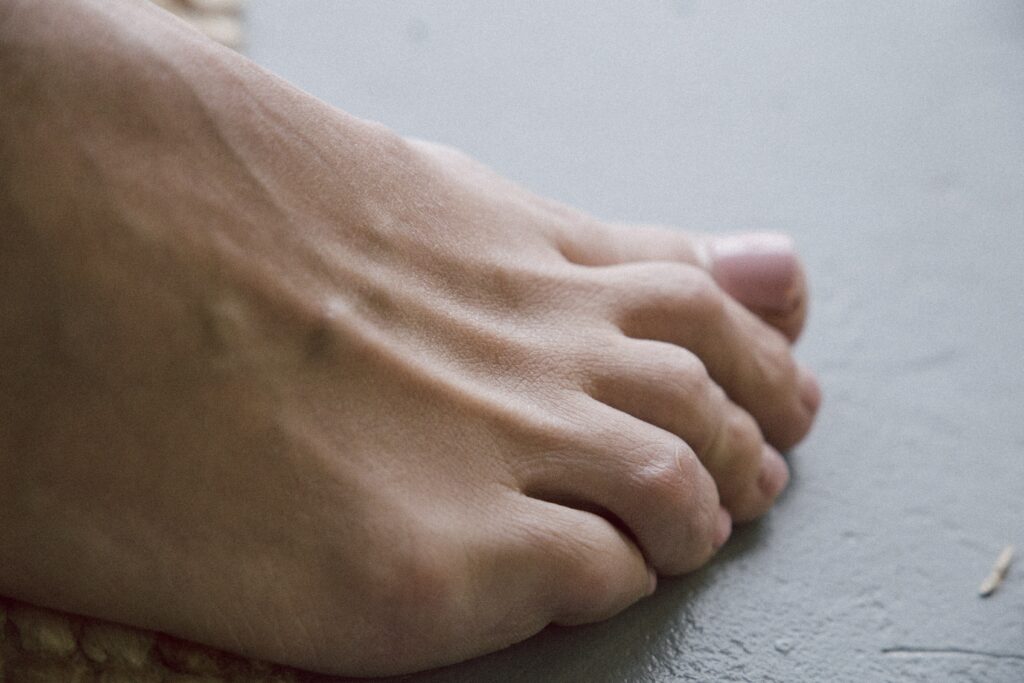
Certain medications
Toenail and fingernail discolouration can also be the result of certain medications, including cancer treatment drugs, arthritis medication, antimalaria drugs, minocycline, and tetracycline antibiotics.
You can ask your doctor about the potential side effects of any medications you take to see if this is a possible cause of your discoloured nails.
Certain medications
As you age, your toenails, and sometimes your fingernails, can begin to turn a light shade of yellow. This is completely normal and not something to be concerned about if you do not have any other symptoms.
How to hide discoloured nails
Typically nail fungus thickens and discolours the nails, which is both cosmetically and medically problematic.
Once you have started using an anti-fungal treatment such as Nailner Nail Fungus Treatment, you can now start to cover up the unsightly area.
If you usually wear nail polish, you can continue to do so when you have a fungal infection. You just need to be sure that you thoroughly wash your hands before and after application.
To hide discoloured nails using nail polish, follow the below steps:
- Trim your nails. You may need to use specialized clippers if your nails are overly thick.
- Wash your clippers after use to prevent further spreading of the fungus.
- Wash your nails using soap and warm water. Do not forget to clean your nails and cuticles.
- Dry your feet with a towel.
- Apply a base coat. This will protect the nail from further discoloration caused by staining.
- Apply anti-fungal nail polish.
- Finish with a top coat to seal the polish and protect your nails.
Ideally, you should also wear breathable footwear as fungal infections thrive in moist areas.
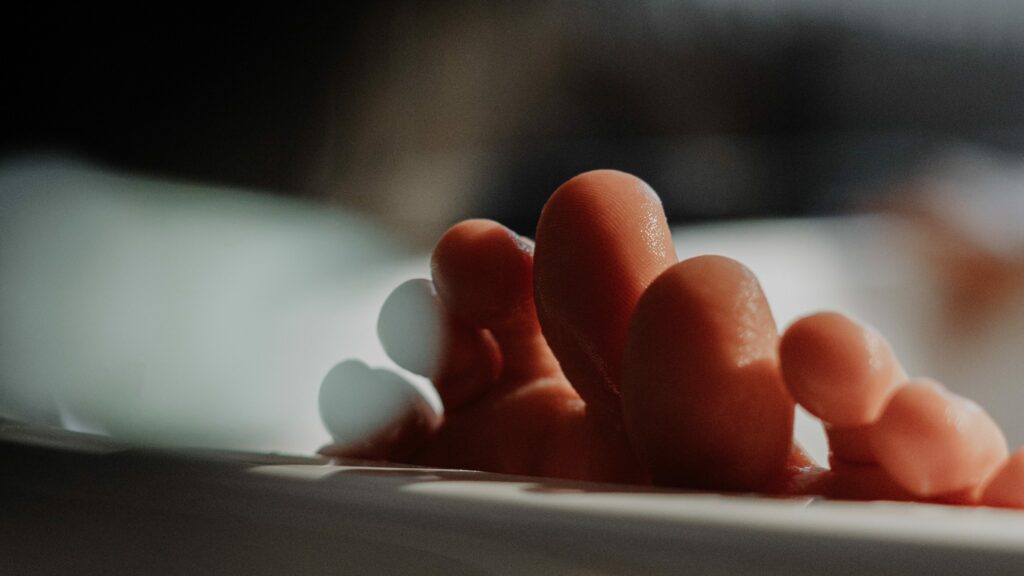
How to prevent discoloured nails
To keep your fingernails and toenails healthy and free from infection, practice the below tips:
- Avoid wearing ill-fitting shoes or footwear that restricts your feet.
- Trim your toenails and fingernails regularly.
- Wear clean socks each day.
- Thoroughly dry your feet after swimming or bathing.
- Avoid walking barefoot in public places such as pools and gyms.
- Change your footwear if you have had a fungal infection.
- Spray your shoes with an anti-fungal spray or apply a foot powder.
How to fix discoloured nails
Depending on the cause of your discoloured nails, there are several treatment options available.
How to treat discoloured nails causes by nail fungus
As the most common cause of discoloured nails, mild fungal infections can be treated without the need to see a doctor. There are many anti-fungal nail treatments available, both online and at your local pharmacy, including Nailner Nail Fungus Treatment.
You can choose to take an oral anti-fungal medicine or a topical one, which should be applied directly to the affected area. For optimum results, use both simultaneously.
It is worth noting that fungal nail infections can take a long time to fully clear up, so you need to be patient and ensure that you complete the whole course of treatment.
That being said, if you don’t see any improvement in your symptoms after 10-14 days, you should consult your doctor to rule out any underlying health conditions.
How to treat discoloured nails caused by injury or trauma
If your discoloured nails are the result of an injury or trauma, then the affected nail should start to heal on its own in a few days.
However, the discolouration may last for many months as you will have to wait for the nail to grow completely grow out.
If you experience any bleeding, pain, or swelling around the trauma, you should see your doctor.
How to treat discoloured nails caused by nail polish
Unfortunately, the only way to stop nail polish from staining your nails is to stop wearing it for 2-3 weeks.
You may also want to start using lighter shades and applying a base coat to prevent future staining.
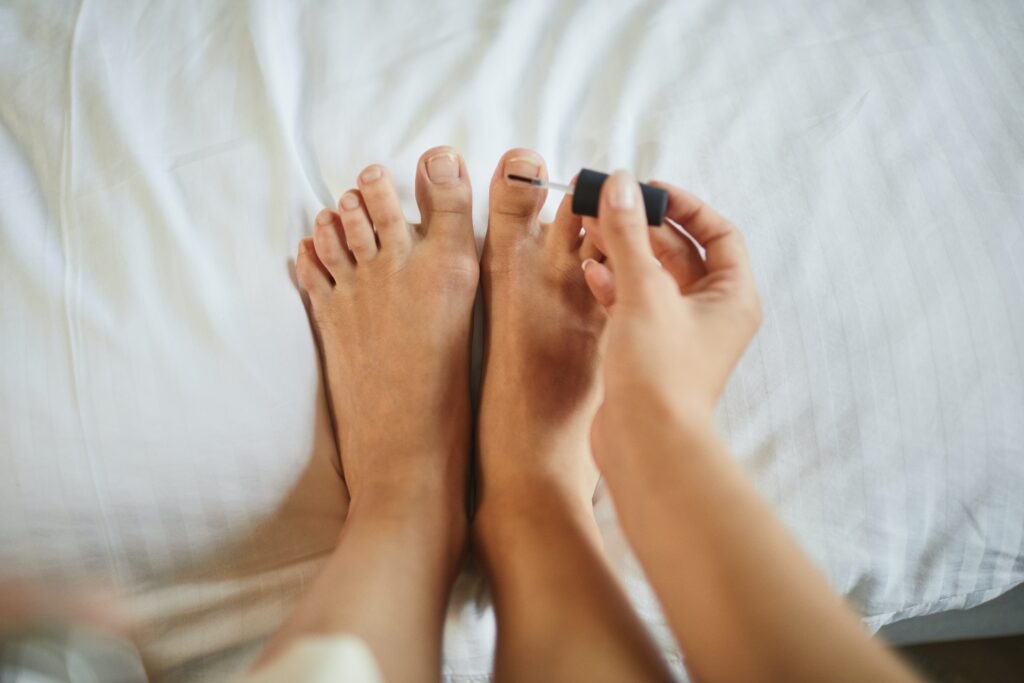
When to see a doctor about discoloured nails
In most cases, you can treat discoloured nails with an over-the-counter treatment such as Nailner Nail Fungus treatment. Or, if your discoloured nails are caused by an injury, you must simply wait for the area to heal.
However, if you have other symptoms such as bleeding, sharp pain in the area, or swelling, you should seek medical attention. You may also want to see your doctor if you suspect you have a severe fungal infection and the over-the-counter treatment is not working.
Frequently asked questions
Does pregnancy cause discoloured nails?
Pregnancy can cause changes in your fingernails and toenails, including discoloured nails. If you are lacking in certain nutrients, you may experience dry and brittle nails. Curved or ingrown toenails can also occur if you are wearing restrictive footwear.
The most common cause of discoloured nails in pregnancy is a fungal nail infection. Although it is best to avoid oral anti-fungal medications when you are expecting, you can safely apply topical treatments to the affected area.
Why are my big toenails discoloured?
The most common cause of discoloured thick toenails is nail fungus, also known as onychomycosis. Incredibly common and easily treatable when caught early, a nail fungus infection can often cause your nails to turn yellow, green, or even black.
Fortunately, you can treat discoloured toenails with an over-the-counter anti-fungal medication such as Nailner Nail Fungus Treatment. This can be applied topically to the toenails.
How to clean discoloured nails?
Sometimes discoloured nails look like dirty nails, and you may be unsure about whether or not you have an infection. To clean discoloured nails, you can either use a simple combination of warm water and soap or, if you want to whiten your nails, soak them in a solution of hydrogen peroxide and warm water.
Does shellac cause discoloured nails?
Shellac manicures are known for staining the nails, with darker-coloured polishes being the worst offenders. This discoloration occurs when the chemicals react with the keratin protein in your nails, making them brittle and turning them yellow.
If your Shellac nails are discoloured, you should take a break from manicures and nail polish until your nails have returned to their normal colour.
When should I be concerned about discoloured nails?
In the majority of cases, discoloured nails are nothing to worry about and are usually caused by either an infection or injury. However, if you notice a dark streak on your toenail or fingernail, this could be a sign of melanoma, so you should make an appointment with your doctor as soon as possible.
If your discoloured nails are accompanied by pain, bleeding, or swelling, it can also be a good idea to seek medical attention to rule out anything serious.

